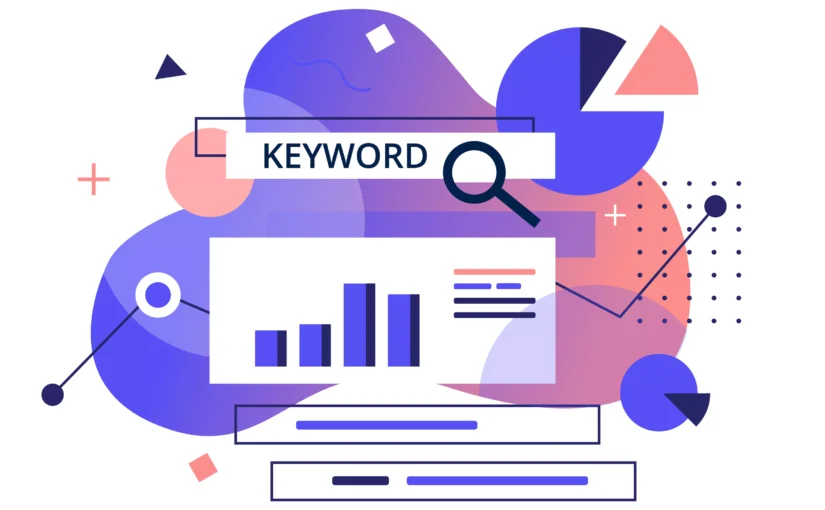Optimizing ad copy is essential for improving the performance of your ads, including click-through rates (CTR), Quality Scores, and conversion rates. Effective ad copy is clear, engaging, and directly addresses the needs and interests of your target audience. Here are some key strategies for optimizing your ad copy:
1. Understand Your Audience
- Identify Pain Points and Needs: Know your audience’s challenges and desires. Tailor your ad copy to speak directly to these points, offering solutions or highlighting benefits that resonate with them.
- Use Audience Language: Use the language and terminology that your audience uses. This helps make your ad feel more relatable and relevant.
2. Highlight Unique Selling Propositions (USPs)
- Differentiate Your Offer: Clearly communicate what sets your product or service apart from competitors. Whether it’s a unique feature, superior quality, pricing, or exceptional service, make sure your USPs are front and center in your ad copy.
3. Include Keywords
- Relevant Keywords: Incorporate the primary keywords from your ad group into your ad copy, particularly in the headline. This improves relevance and can enhance Quality Scores.
- Avoid Keyword Stuffing: While keywords are important, avoid overloading your ad with them. The ad should still read naturally and be appealing to the user.
4. Craft Compelling Headlines
- Catch Attention: The headline is often the first thing users see. Make it compelling and relevant, ensuring it grabs attention and encourages further reading.
- Use Action Words: Verbs like “discover,” “save,” “get,” and “learn” can prompt users to take action. Pair these with your offer to create a sense of urgency or interest.
5. Utilize Emotional Triggers
- Appeal to Emotions: Emotions can drive decision-making. Depending on your product or service, appeal to emotions like excitement, fear of missing out (FOMO), comfort, or happiness.
6. Clear and Compelling Call-to-Action (CTA)
- Strong CTAs: Your ad copy should include a clear call-to-action that tells users exactly what to do next, such as “Buy Now,” “Sign Up Today,” or “Get a Free Quote.”
- Create Urgency: Phrases like “Limited Time Offer,” “Act Now,” or “While Supplies Last” can encourage users to act quickly.
7. Leverage Numbers and Data
- Specificity: Use numbers to add credibility and specificity. For example, “Save 20%,” “Join 1,000+ satisfied customers,” or “In business for over 20 years.”
- Evidence of Benefits: Use statistics or data points in your ad copy text that demonstrate the benefits or effectiveness of your product or service.
8. Incorporate Social Proof
- Testimonials and Reviews: Mention awards, endorsements, or customer testimonials to build trust and credibility.
- Popularity: Highlight the popularity of your product or service, such as “Best-seller” or “Most popular choice.”
9. A/B Testing
- Test Variations: Regularly test different versions of your ad copy to see which performs better. This includes testing different headlines, CTAs, and descriptions.
- Use Data-Driven Decisions: Base your optimizations on actual performance data, such as CTR, conversion rate, and cost per acquisition (CPA).
10. Keep It Simple and Direct
- Concise Messaging: Online users have short attention spans. Keep your ad copy concise, focusing on the most important message you want to convey.
- Avoid Jargon: Use simple, clear language that is easy to understand. Avoid industry jargon or complex terms that might confuse the reader.
11. Align with Landing Pages
- Consistent Messaging: Ensure that the messaging and tone of your ad copy are consistent with the landing page it directs to. This creates a seamless experience and reduces bounce rates.
- Reinforce the CTA: The action prompted in the ad copy should be easy to follow through on the landing page.
By implementing these strategies, you can create more effective ad copy that attracts clicks, engages users, and drives conversions, ultimately improving the overall performance of your ad campaigns.











